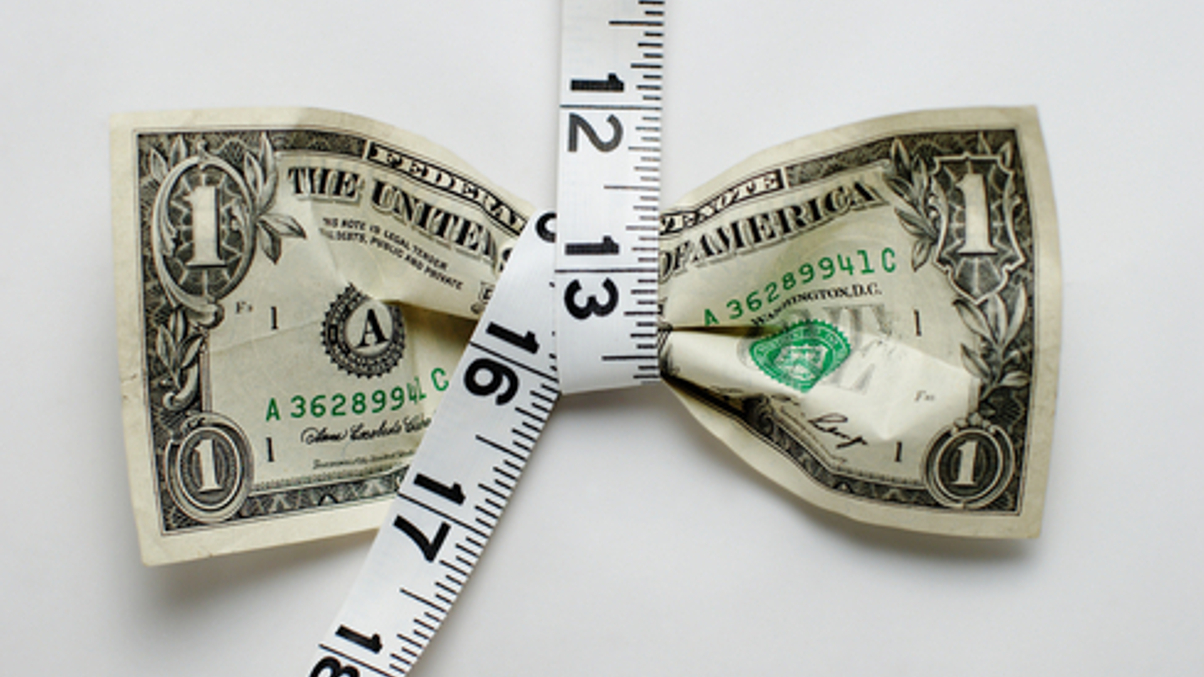Market Views: Will the US dollar continue to weaken?
The US dollar is currently strong, but economic weakness, minimal rates and a large and rising debt burden could cause it to weaken. How will that affect how asset owners invest?

With US president Donald Trump having (at least temporarily) postponed a financial stimulus package, the collapse in US domestic savings, current account deficit and the US Federal Reserve’s determination to maintain a long-term flat interest rate, concerns are flying that the greenback's value could decline over the medium term.
Sign in to read on!
Registered users get 2 free articles in 30 days.
Subscribers have full unlimited access to AsianInvestor
Not signed up? New users get 2 free articles per month, plus a 7-day unlimited free trial.
¬ Haymarket Media Limited. All rights reserved.


